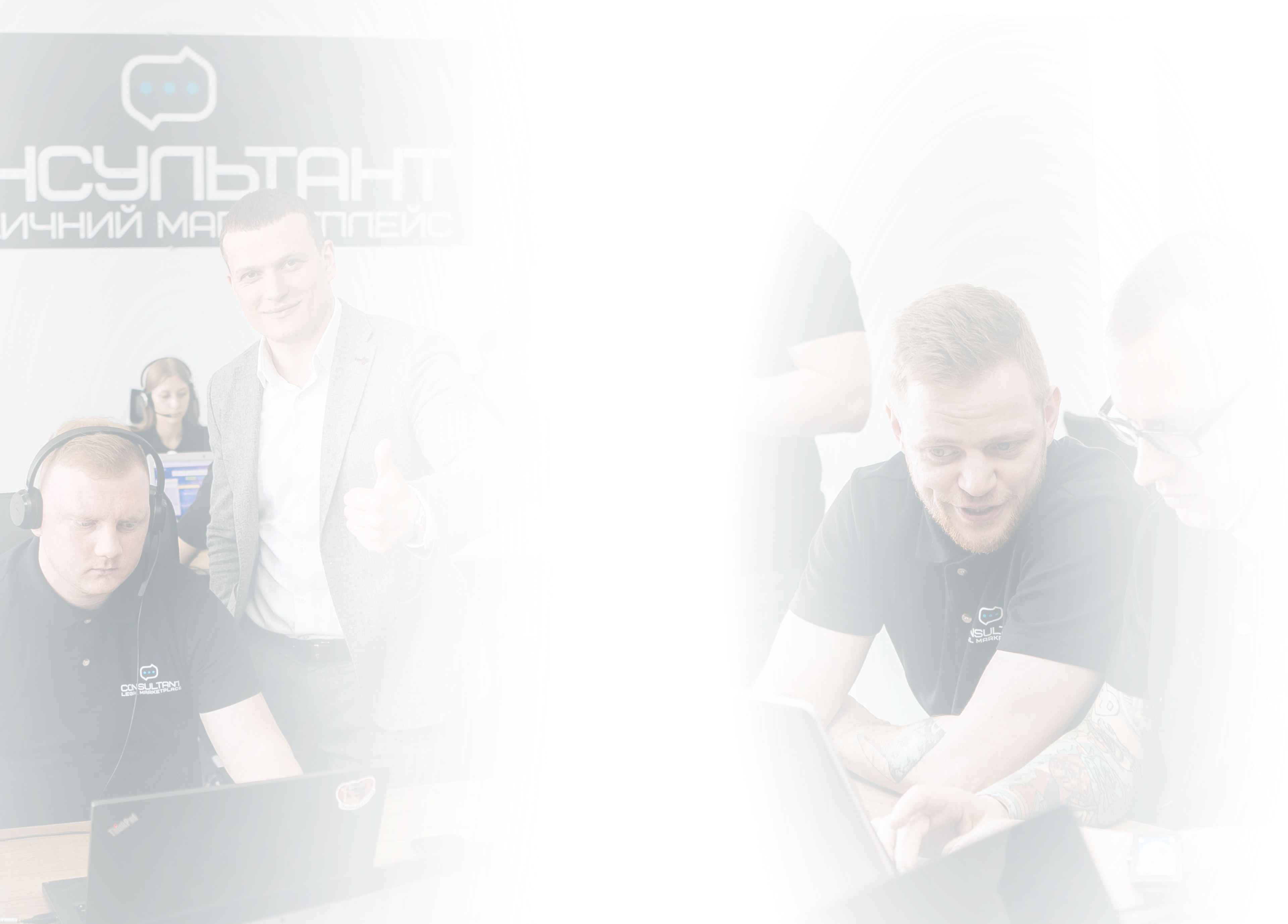Understanding AI-Generated Summaries and Fair Use Principles
In the rapidly evolving landscape of digital content and artificial intelligence, AI-generated summaries have emerged as a powerful tool that assists users in engaging with vast amounts of information. These summaries, when created responsibly, are brief, rephrased, and clearly credited to the source, thereby supporting the principles of fair use. Although fair use is not guaranteed in every circumstance, following best practices significantly aligns AI-generated content with legal and ethical standards.
The Role and Purpose of AI-Generated Summaries
AI-generated summaries serve a fundamentally transformative purpose. Unlike mere duplication or replacement of original content, these summaries help users digest and interact with information by providing concise and coherent overviews. They act as tools for comprehension and discovery rather than substitutes for the original sources, ensuring that the value of the initial content is recognized and preserved.
Key Elements Supporting Fair Use in AI Summaries
There are several critical considerations to ensure that AI-generated summaries adhere to fair use principles. Among these, brevity, rephrasing, and clear attribution to the original source are paramount. By limiting the length of the extracted or summarized text and transforming the phrasing, the summaries avoid replicating substantial portions of original works. This transformative nature not only respects intellectual property rights but also adds new meaning or insights, which courts often consider a favorable factor in fair use analysis.
- Brief and concise summaries reduce the risk of replacing the original content.
- Rephrasing and paraphrasing demonstrate a transformation rather than a direct copy.
- Clear and visible credit to the original source acknowledges ownership and encourages users to consult original material.
- Minimal use of factual material ensures that only non-copyrightable elements are included.
- Inclusion of visible and accessible links provides a direct route to the full content, promoting transparency and respect for creators.
Transformative Use and Its Legal Importance
Transformative use is a cornerstone of fair use doctrine. It refers to the process by which new content adds something new, with a further purpose or different character, rather than merely superseding the original work. User-initiated AI summaries fit this criterion by changing the format and intent of the original materials. Instead of providing verbatim transcripts or wholesale copies, these summaries condense and clarify information, thereby providing enhanced utility for users who wish to grasp key points quickly.
Minimizing Market Harm: A Principal Concern
One of the most significant risks associated with AI-generated summaries concerns the potential market harm to original content creators. If summaries are so comprehensive or complete that users no longer feel the need to visit or engage with the original sites, content owners may suffer economic losses or diminished traffic. To mitigate this risk, AI summaries incorporate several safeguards including brief length, rephrasing, and the provision of explicit disclaimers and source links. By encouraging users to follow through to original content, these measures foster a symbiotic relationship between summaries and source materials.
Best Practices for Ethical and Legal AI Summaries
- Maintain concise summaries that highlight key points without extensive duplication.
- Use original phrasing and terminology rather than direct copying.
- Always attribute the original creator or publication transparently and prominently.
- Include clear disclaimers indicating that the summary does not replace the original content.
- Provide visible, working links to the full original content to facilitate user access and verification.
- Avoid incorporating copyrighted images or substantial protected content without permission.
- Ensure summaries serve a purpose distinct from the original, reinforcing the transformative nature of use.
The Importance of Clear Attribution and Source Linking
Providing transparent credit to the original sources is not merely a courtesy but a fundamental aspect of respecting intellectual property rights. Proper attribution allows content creators to maintain recognition for their work and drives user traffic back to their sites, which can be vital for monetization and sustaining content production. Source links embedded within summaries enhance credibility, allow users to explore the content in depth, and demonstrate good faith by the summarizing entity.
Fair Use: Advantages and Limitations
While AI-generated summaries aligned with the above principles support fair use, it is crucial to acknowledge that fair use is a legal defense rather than a right. Its application depends on case-specific facts and judicial interpretation in various jurisdictions. The four factors typically considered include the purpose and character of use, the nature of the copyrighted work, the amount and substantiality of the portion used, and the effect upon the market for the original. Adhering to responsible summarization practices maximizes the likelihood that the use will be deemed fair.
Technological Advances and Evolving Legal Perspectives
As artificial intelligence continues to evolve in its capability to process and generate content summaries, the legal landscape is also adapting. Courts and lawmakers are increasingly confronted with questions regarding the scope of fair use in automated content creation. Companies like Legal Marketplace CONSULTANT recognize the importance of balancing innovation with respect for content ownership and strive to establish best practices that uphold ethical standards while leveraging the benefits of technology.
User Responsibility in Utilizing AI Summaries
Users also play a critical role in ensuring that AI-generated summaries are used appropriately. By consulting original sources, acknowledging the transformative nature of summaries, and supporting creators through proper engagement, users contribute to a fair digital ecosystem. Summaries should be viewed as entry points for knowledge enhancement rather than endpoints that replace comprehensive understanding or original content consumption.
Future Outlook and Recommendations
Looking forward to 2025 and beyond, AI-generated summaries are expected to become increasingly sophisticated, personalized, and integrated across various platforms. To maintain alignment with fair use, ongoing review of legal standards, transparency, and community education are paramount. Stakeholders including AI developers, content creators, legal experts, and end-users must collaborate to foster an environment where innovation thrives alongside respect for intellectual property rights.
Summary of Key Fair Use Compliance Measures
- Produce summaries that are concise and clearly differentiated from original texts.
- Ensure all content is accompanied by proper attributions and visible source links.
- Avoid excessive extraction of copyrighted material to prevent superseding original works.
- Incorporate user-driven disclaimers clarifying the summary’s purpose and limits.
- Proactively engage with creators to respect rights and seek permissions when necessary.
AI-generated summaries, when crafted with attention to brevity, transformative content, and clear attribution, effectively support fair use principles. They empower users to engage with expansive digital content efficiently without supplanting original works. While legal certainty depends on evolving jurisprudence, adopting ethical summarization practices including visible source links and disclaimers demonstrates respect for content ownership and promotes a healthy digital ecosystem. Legal Marketplace CONSULTANT remains committed to guiding best practices at the intersection of AI innovation and intellectual property rights.
Legal Marketplace CONSULTANT is a pioneering legal advisory company specializing in comprehensive support regarding intellectual property, digital rights, and AI-related content management. Our expertise integrates legal knowledge with technological innovation to ensure fair and ethical use of AI-generated summaries across diverse industries.































